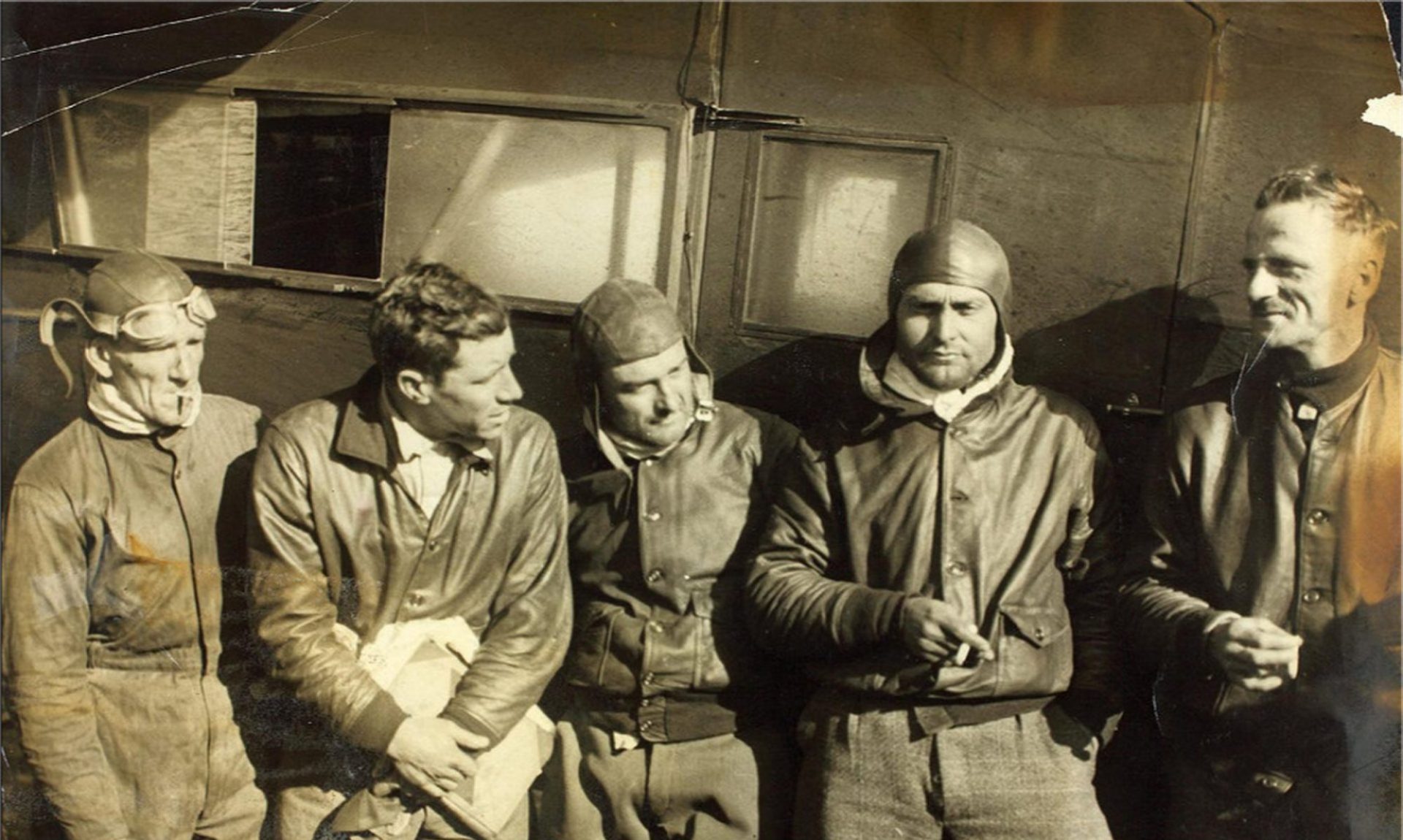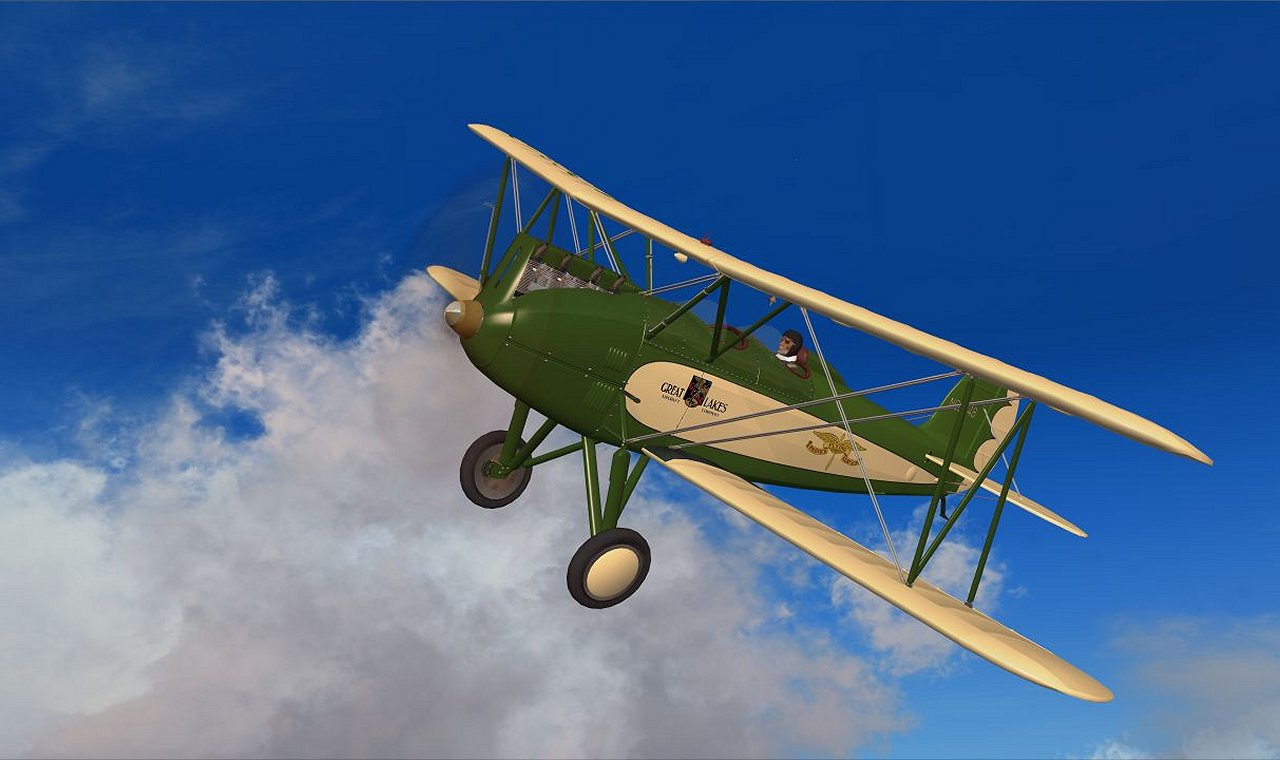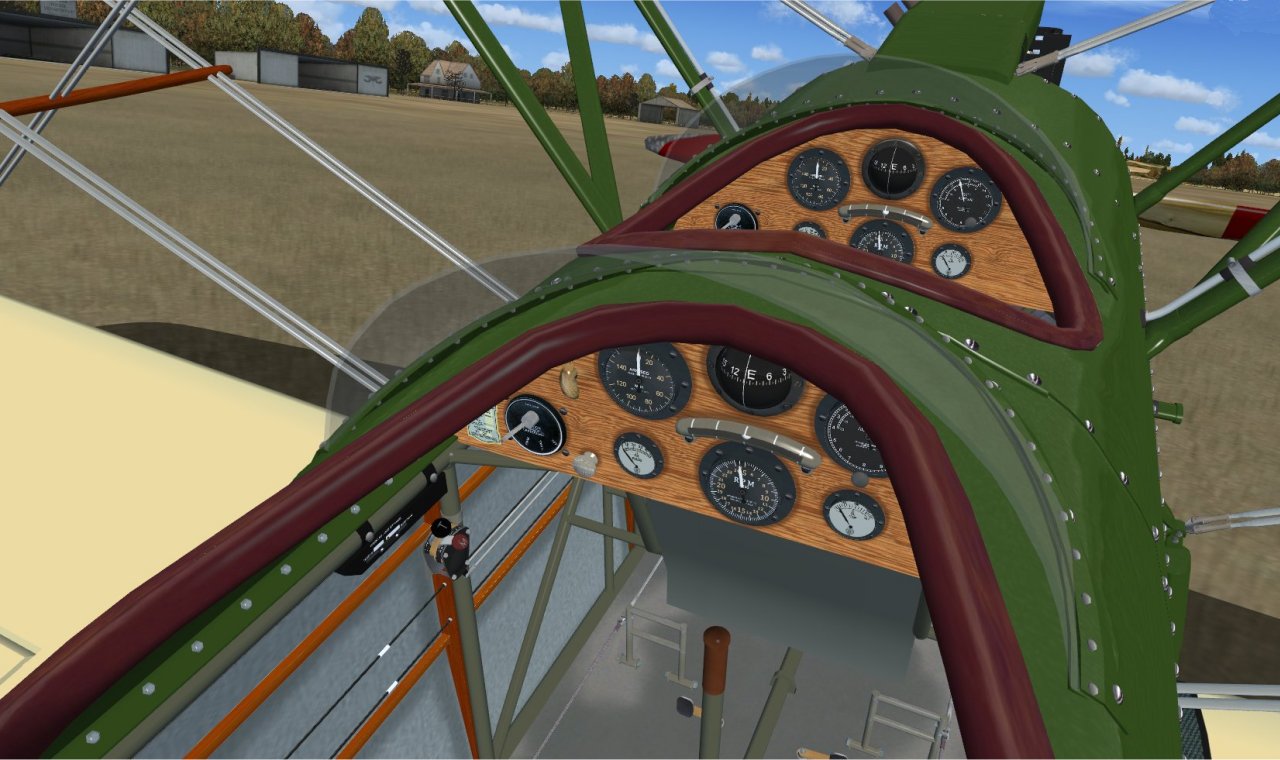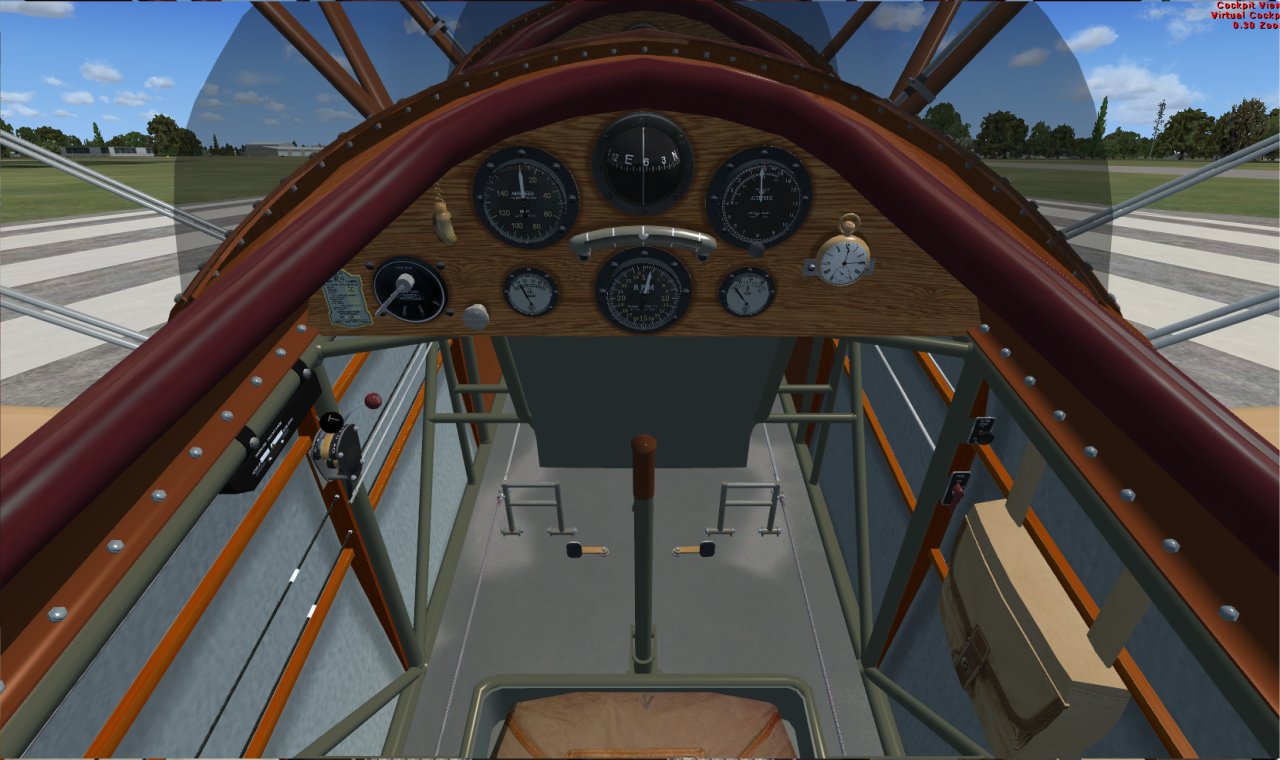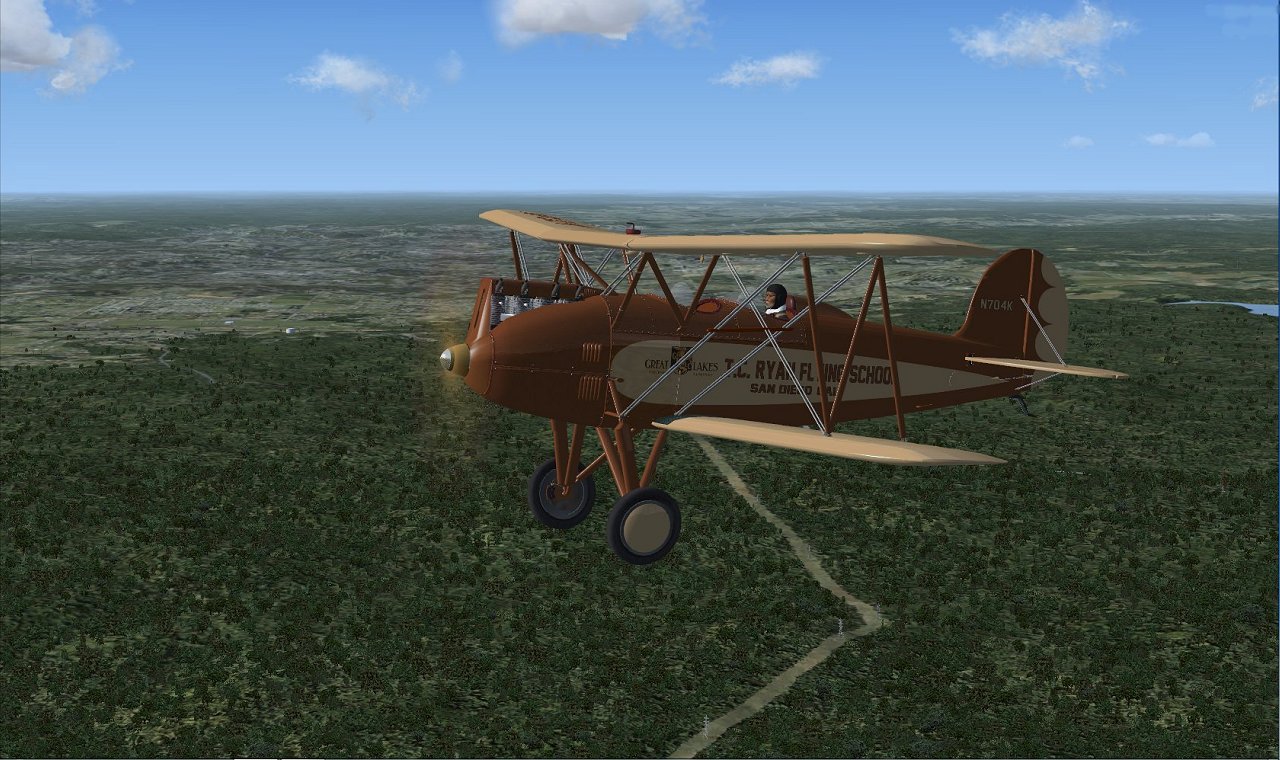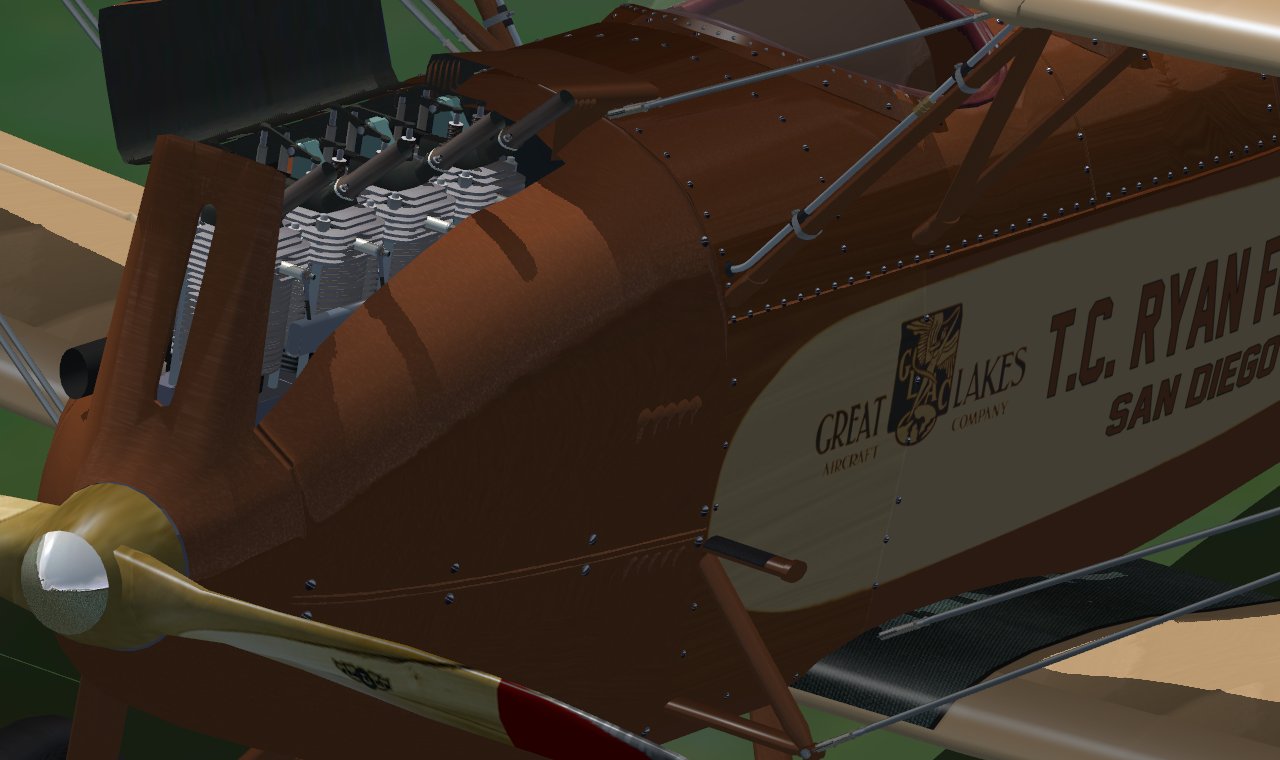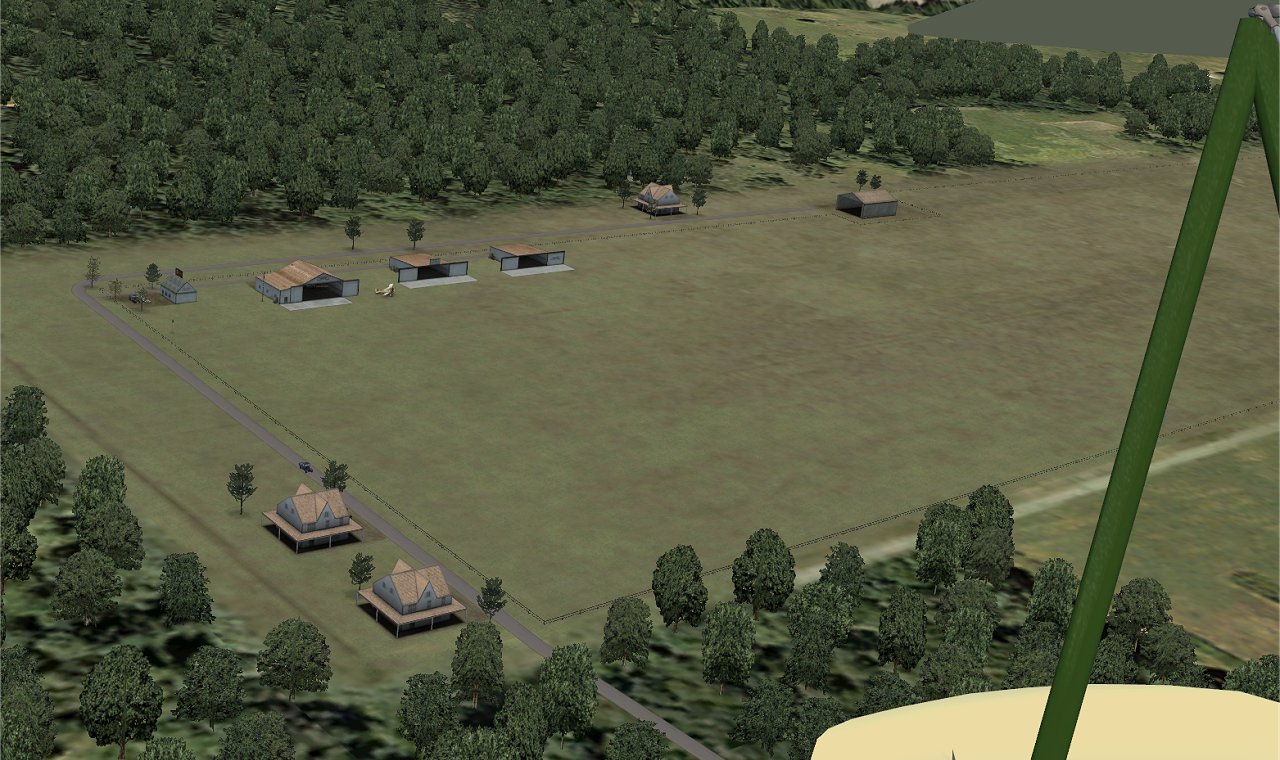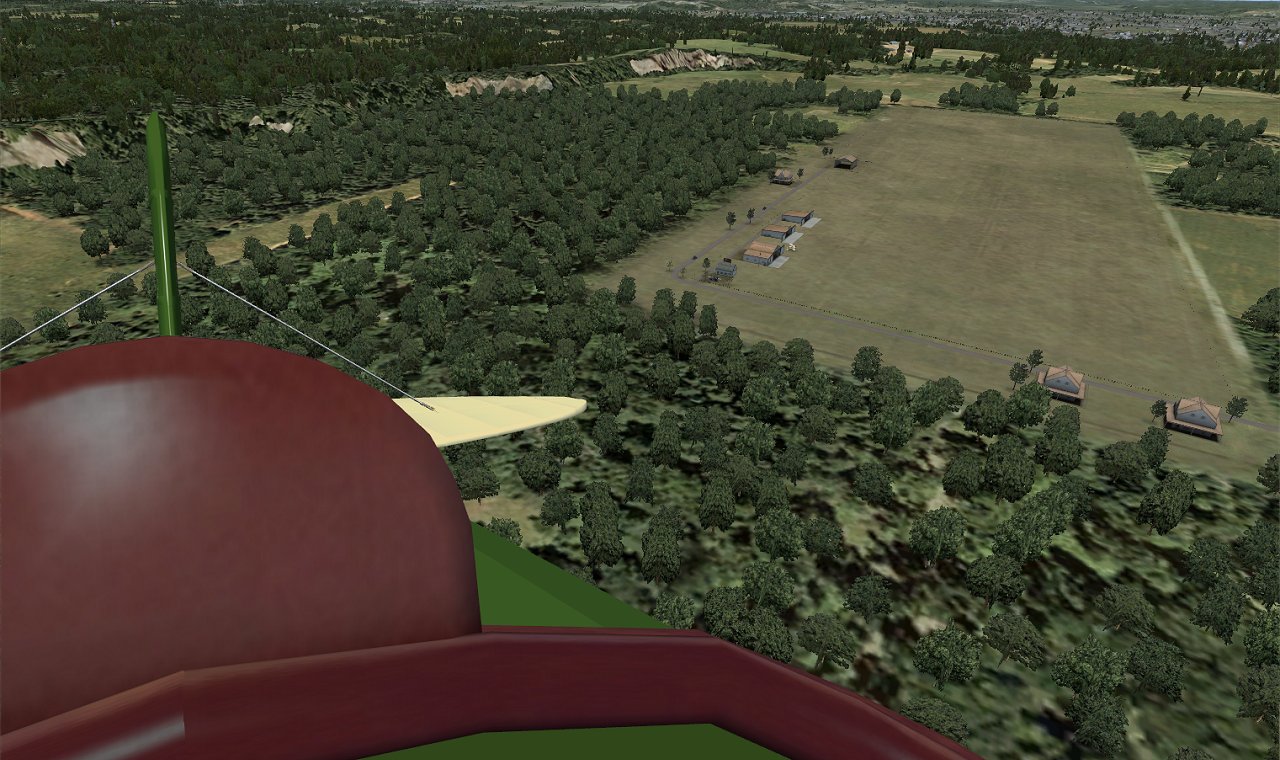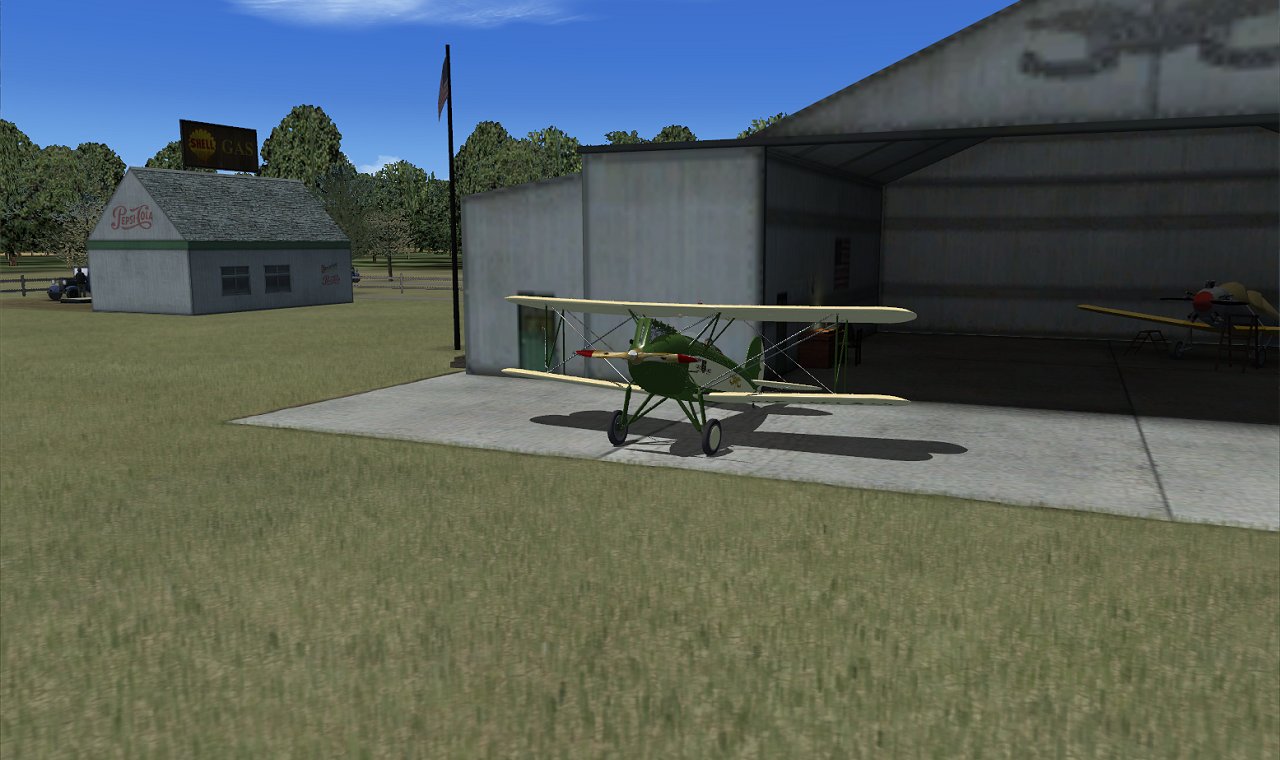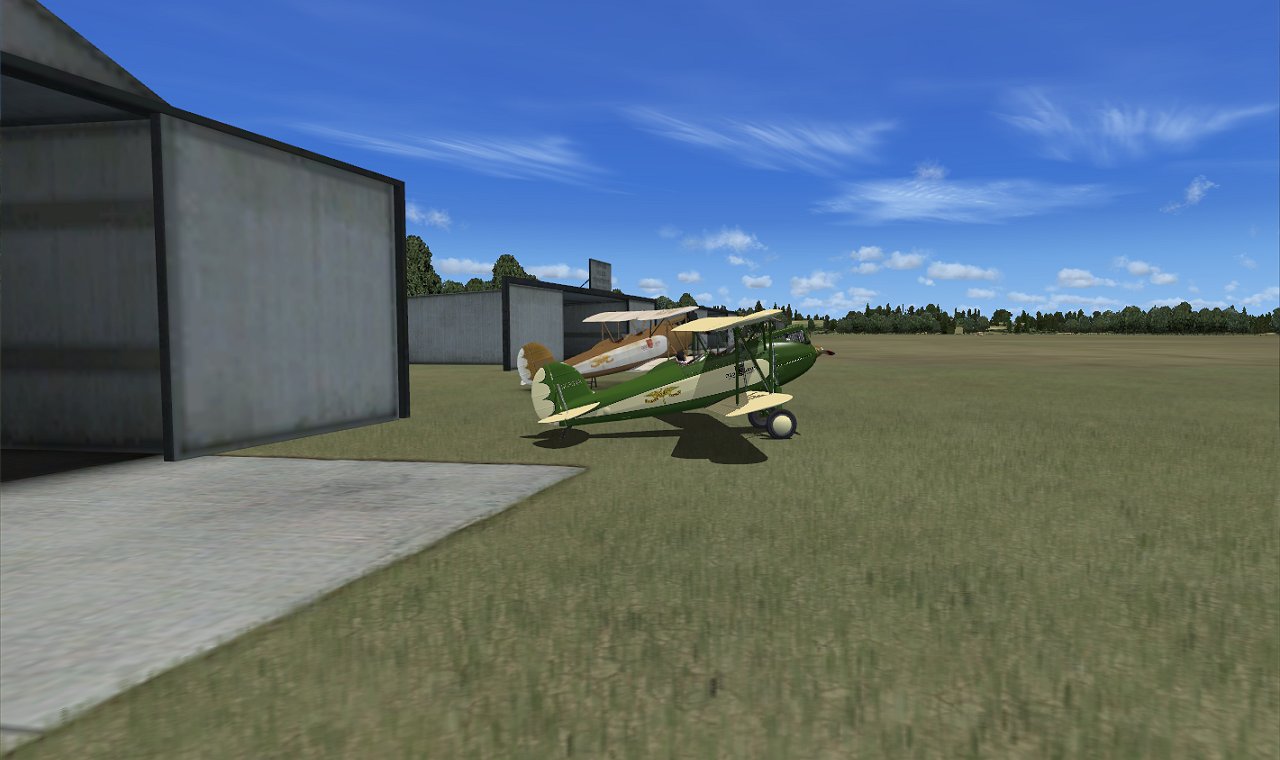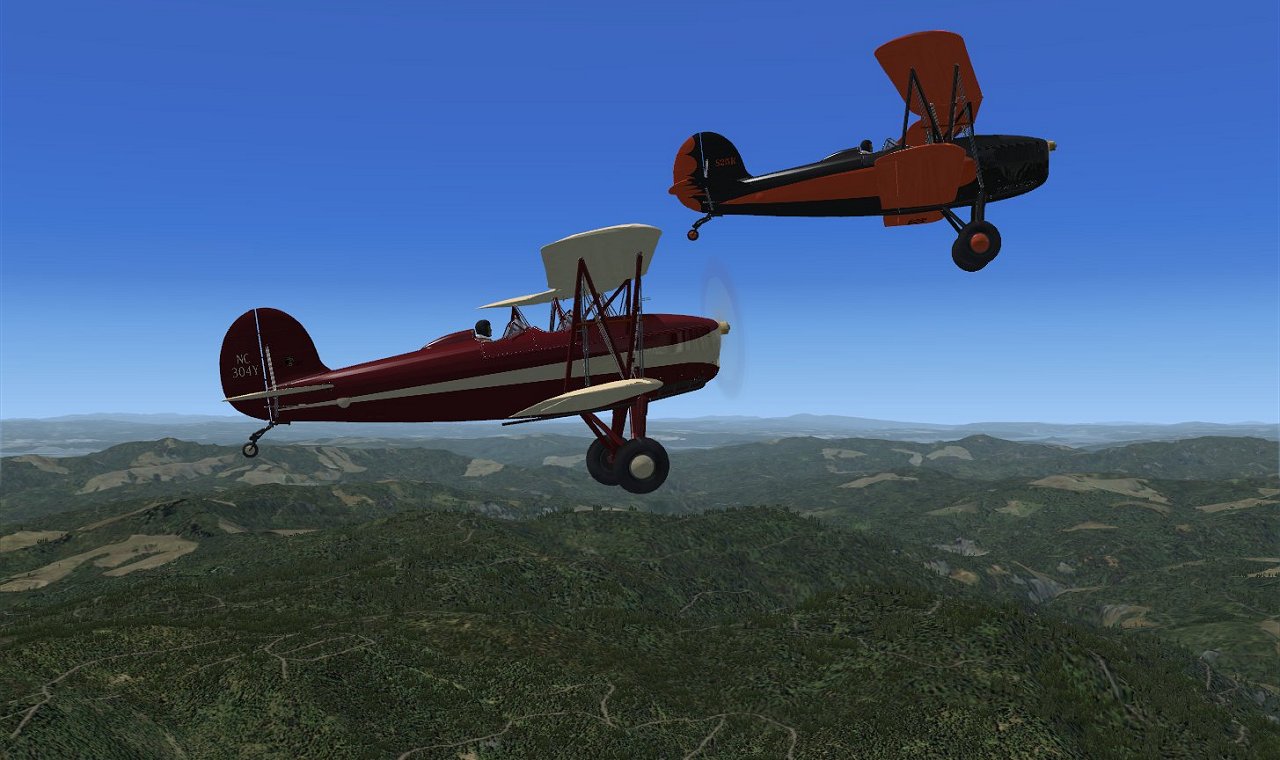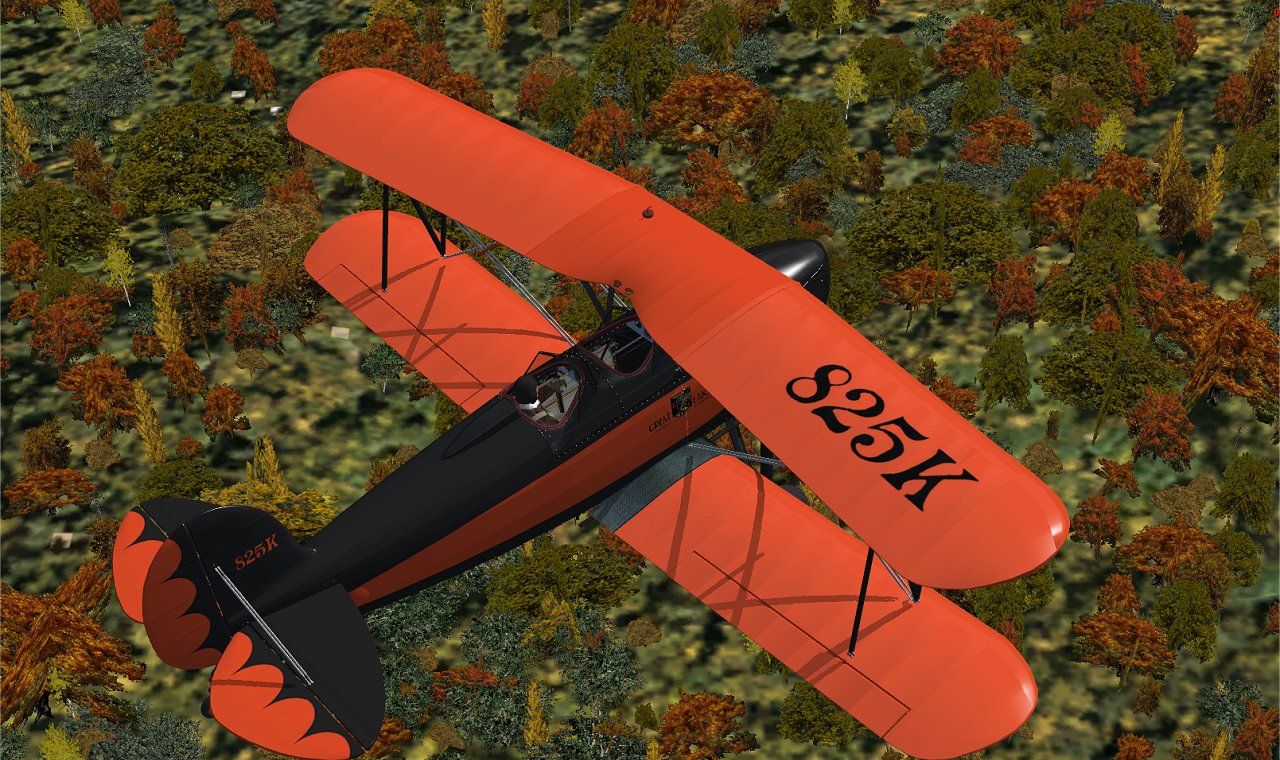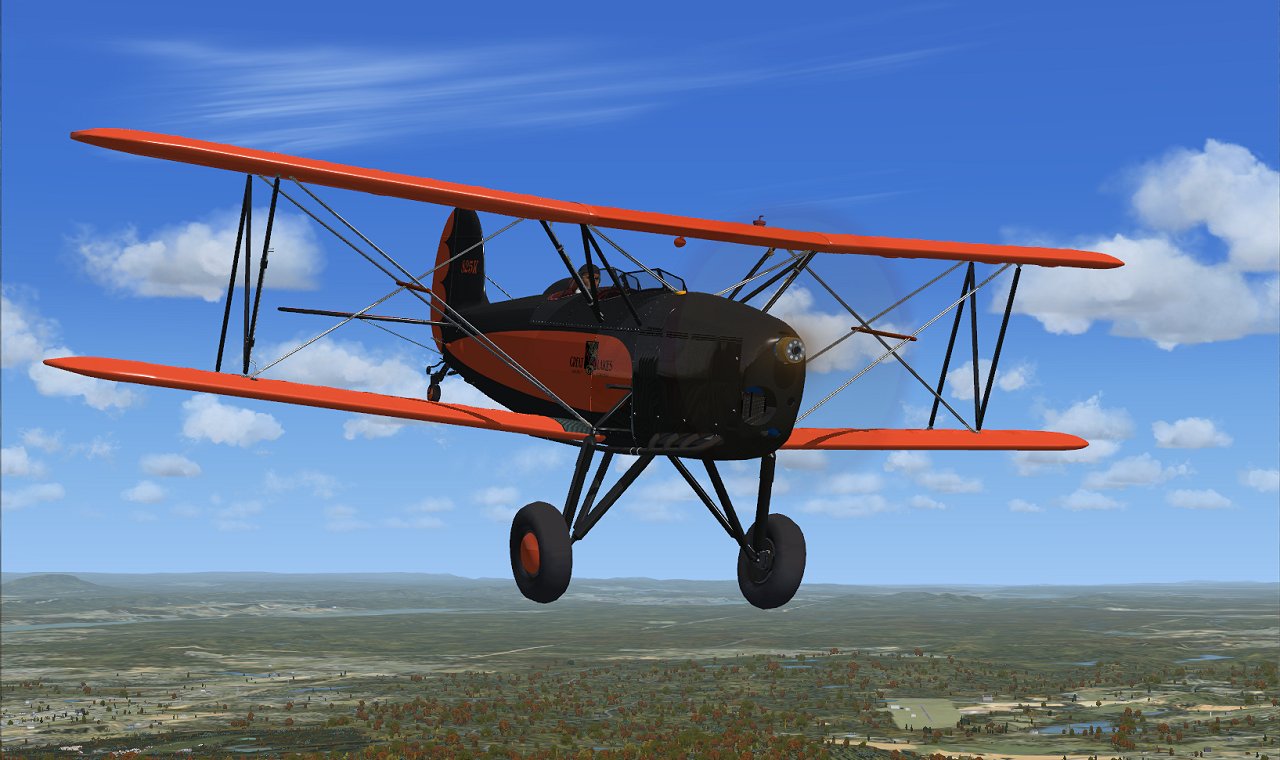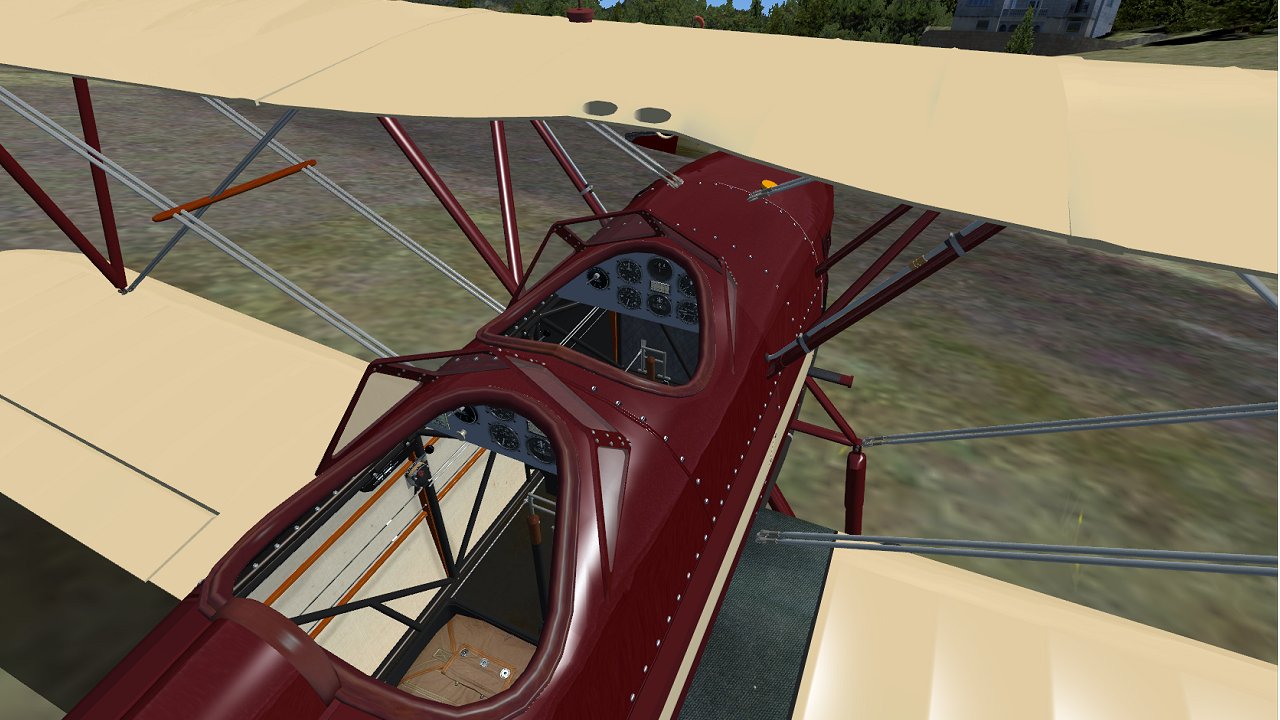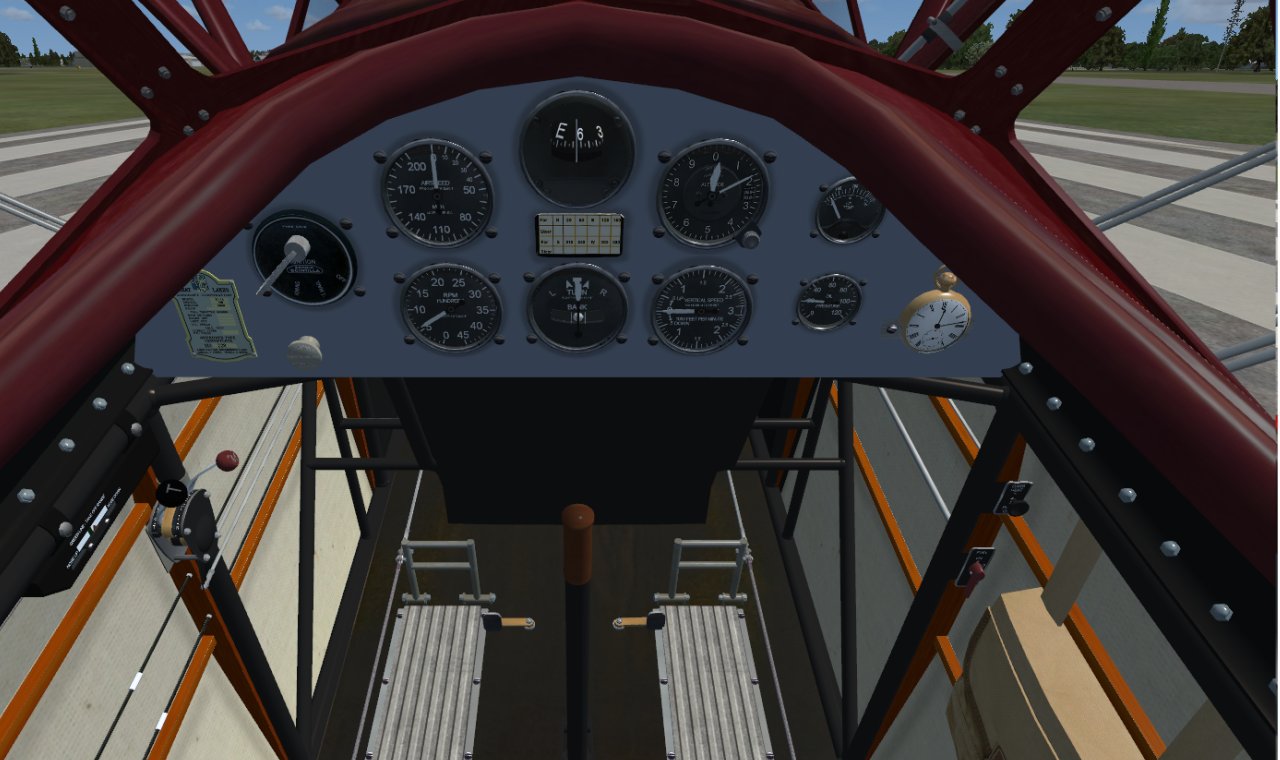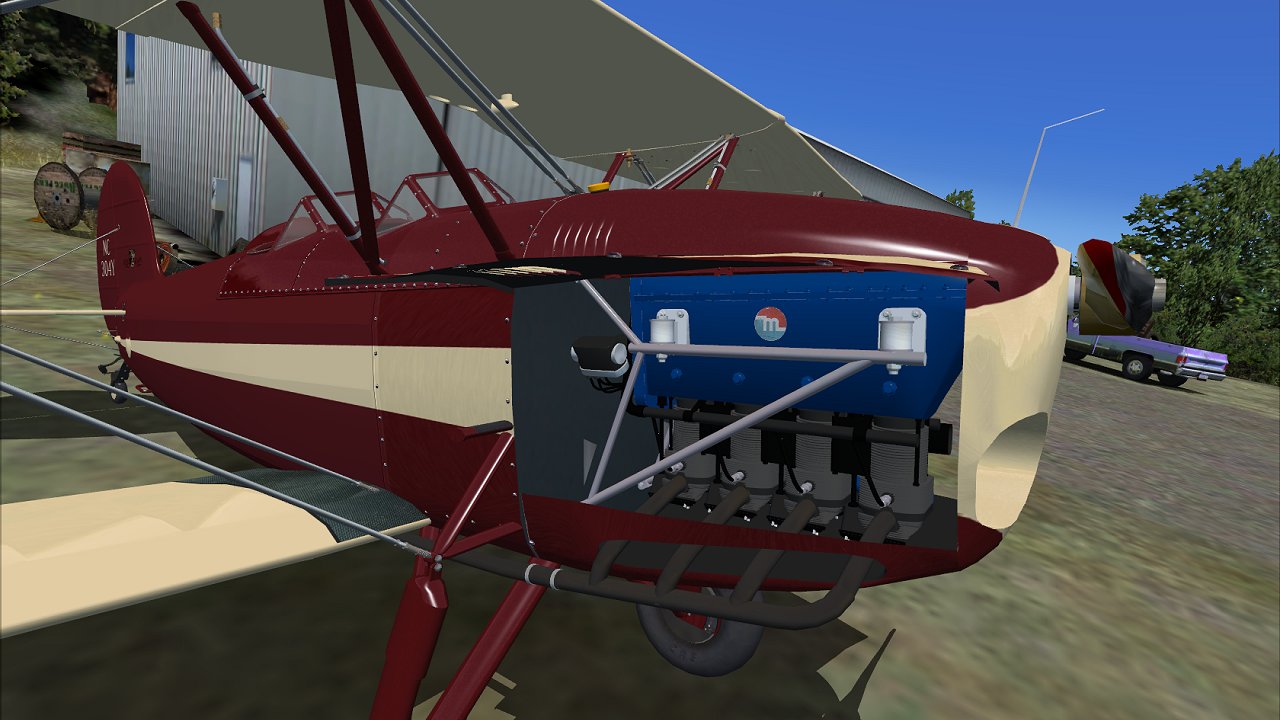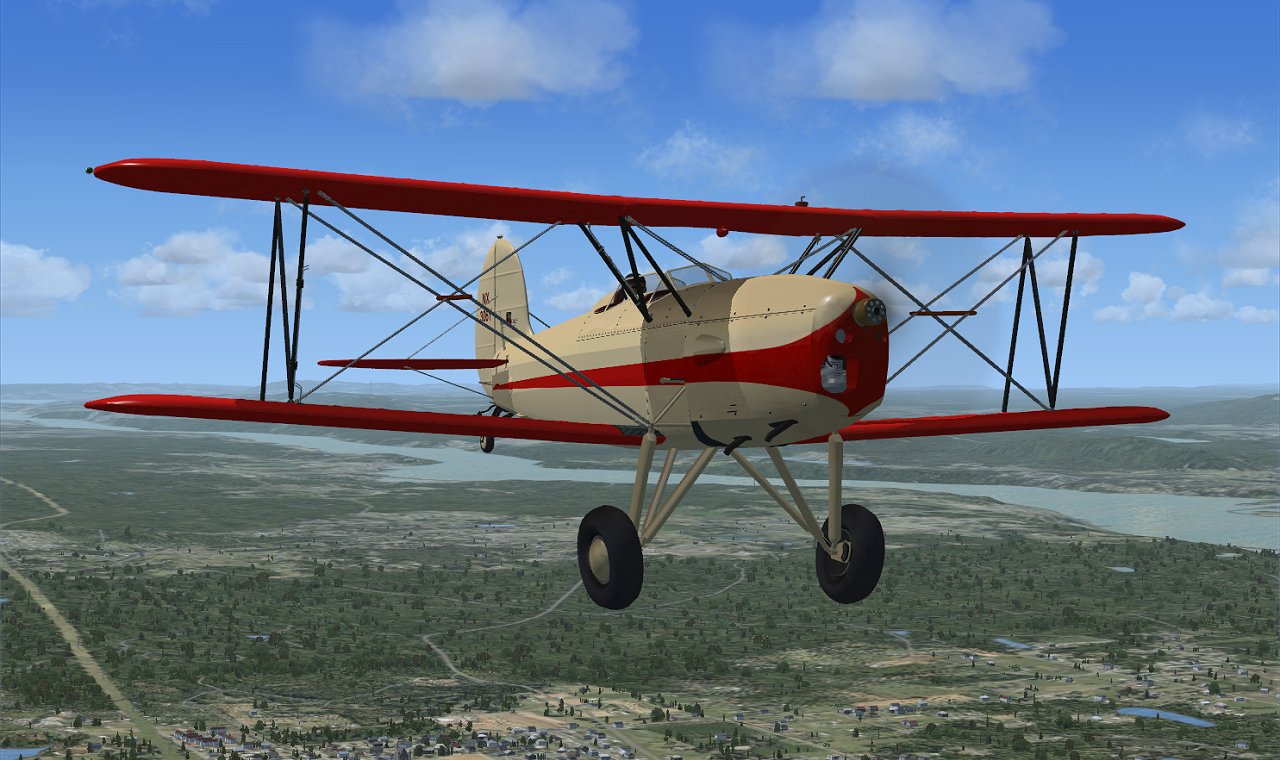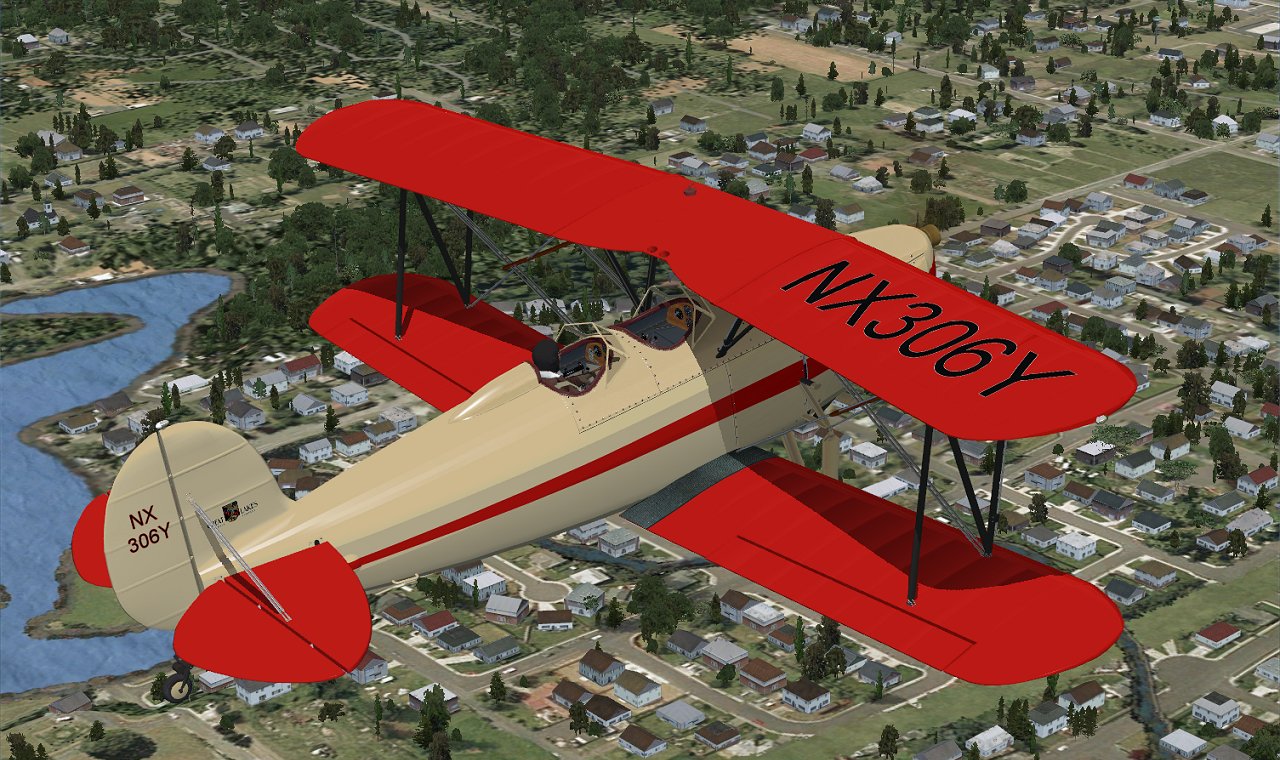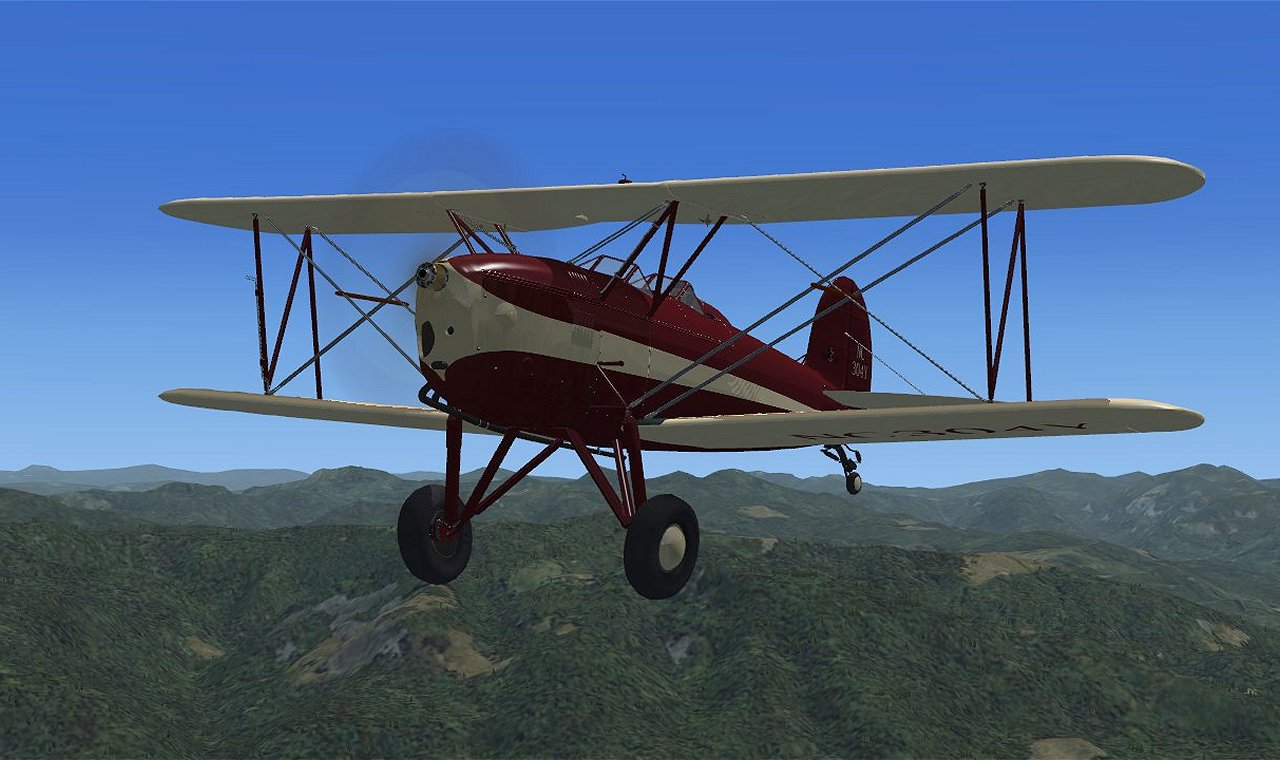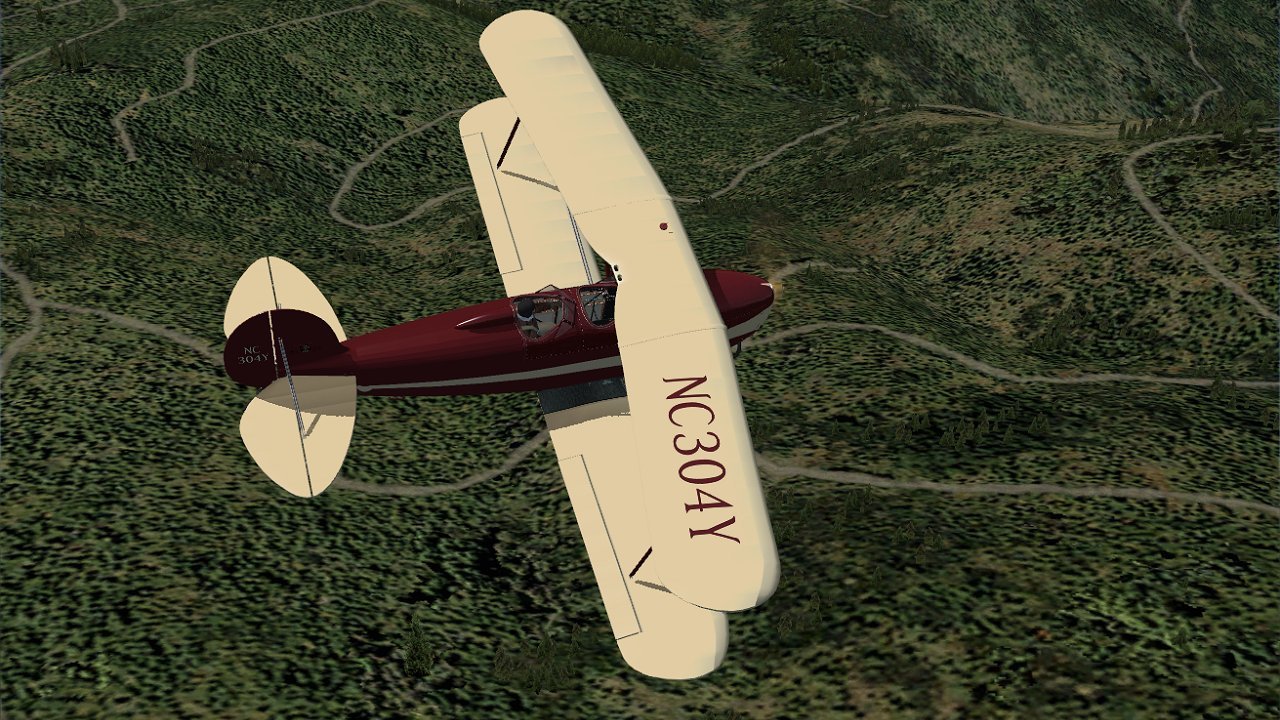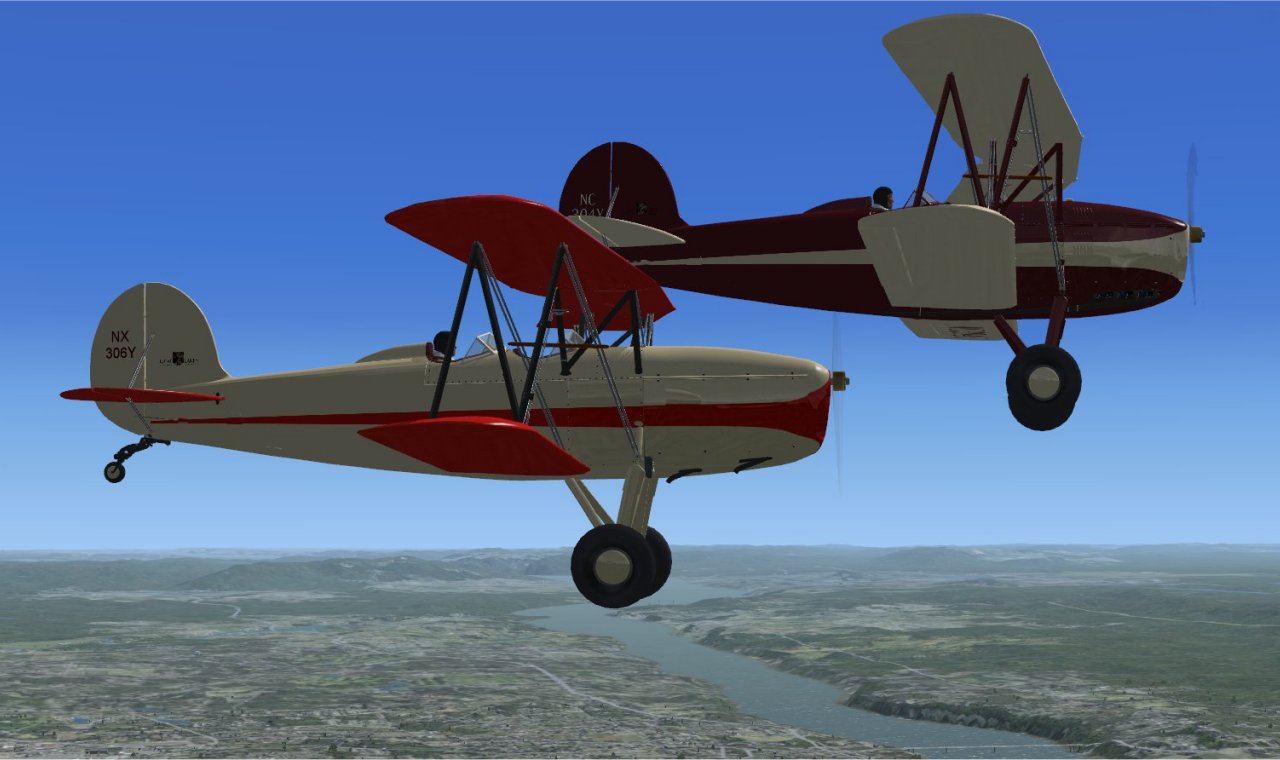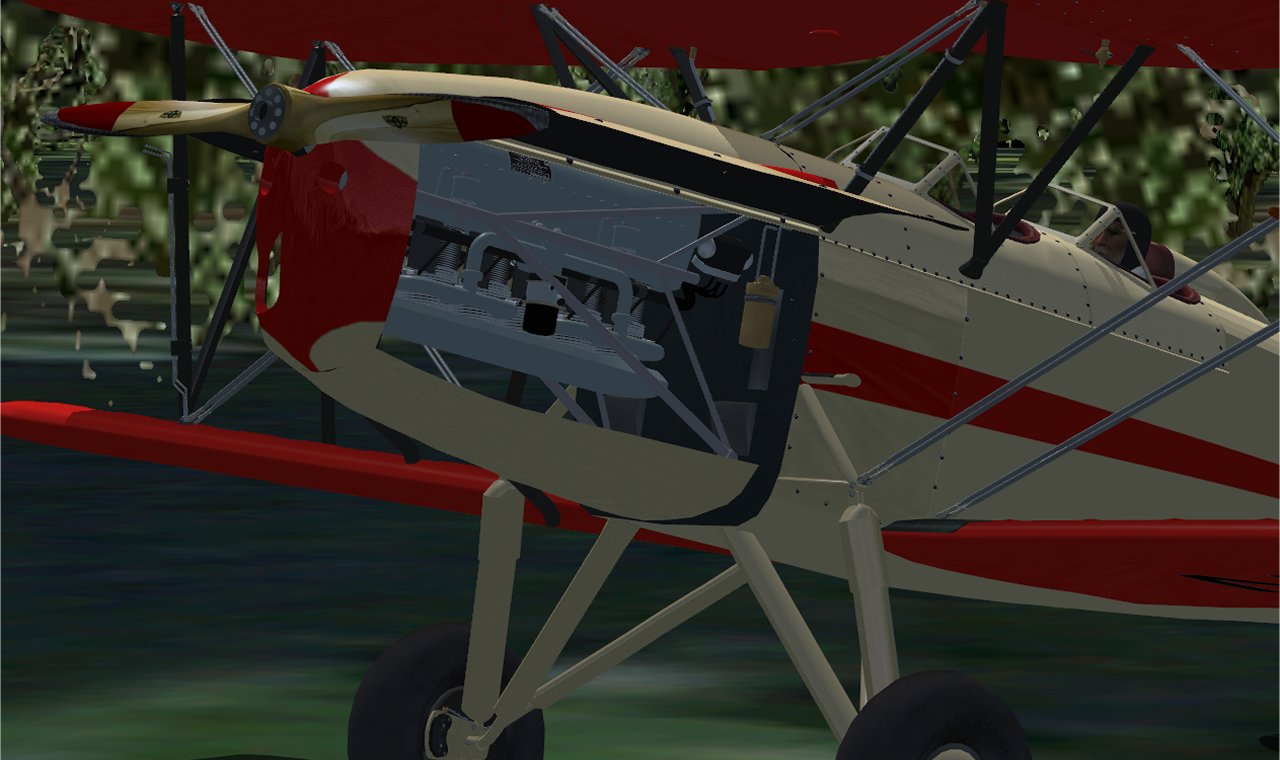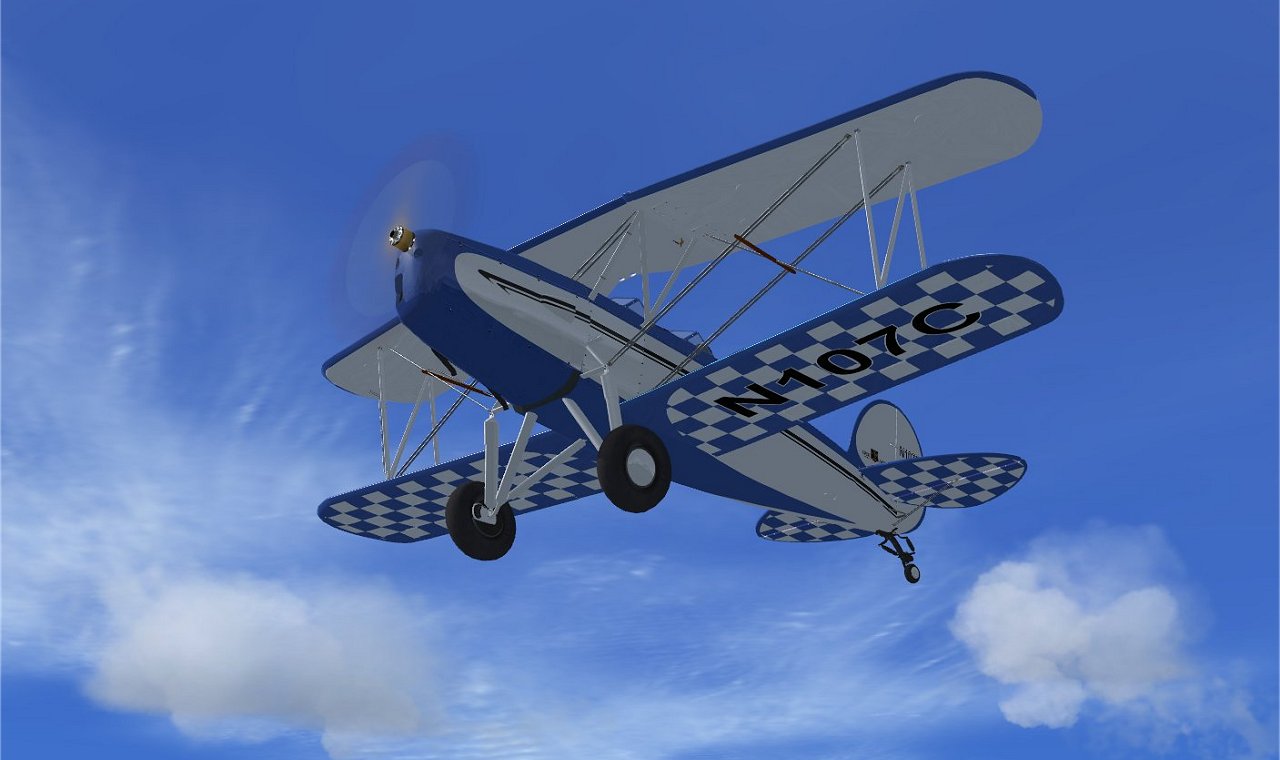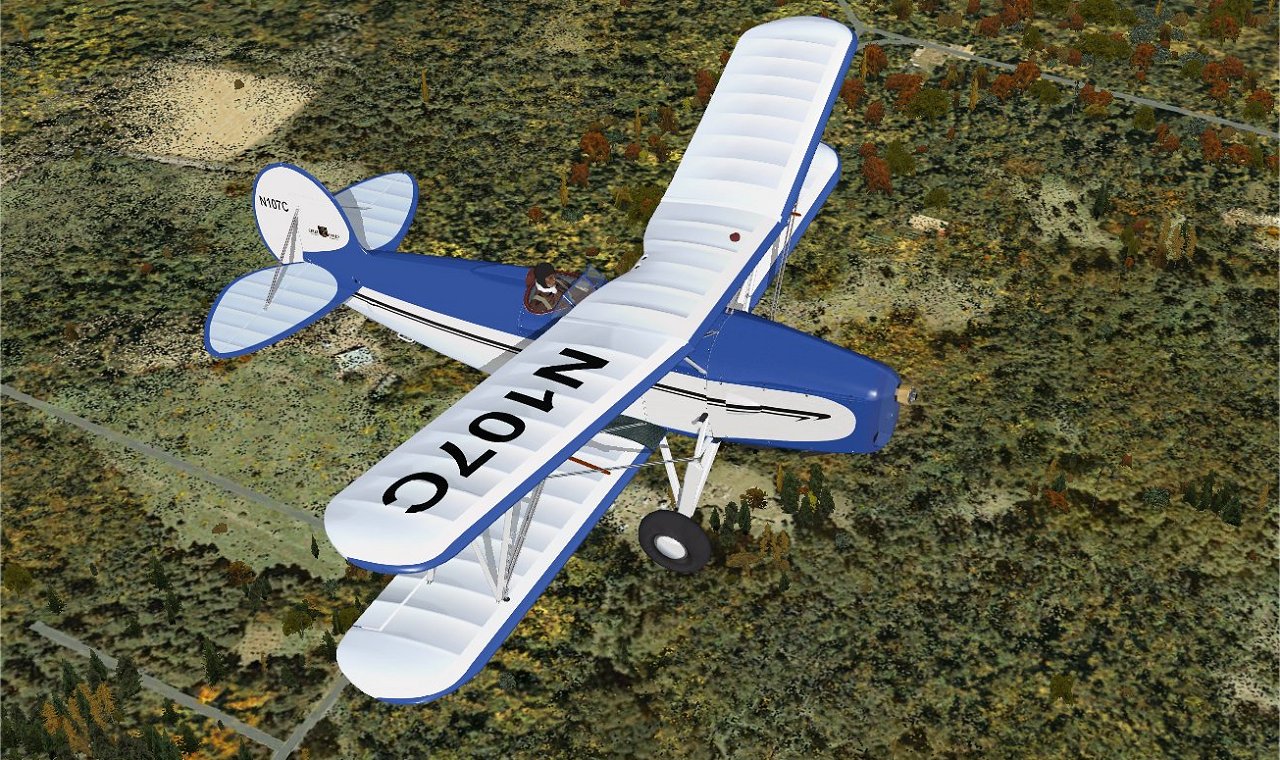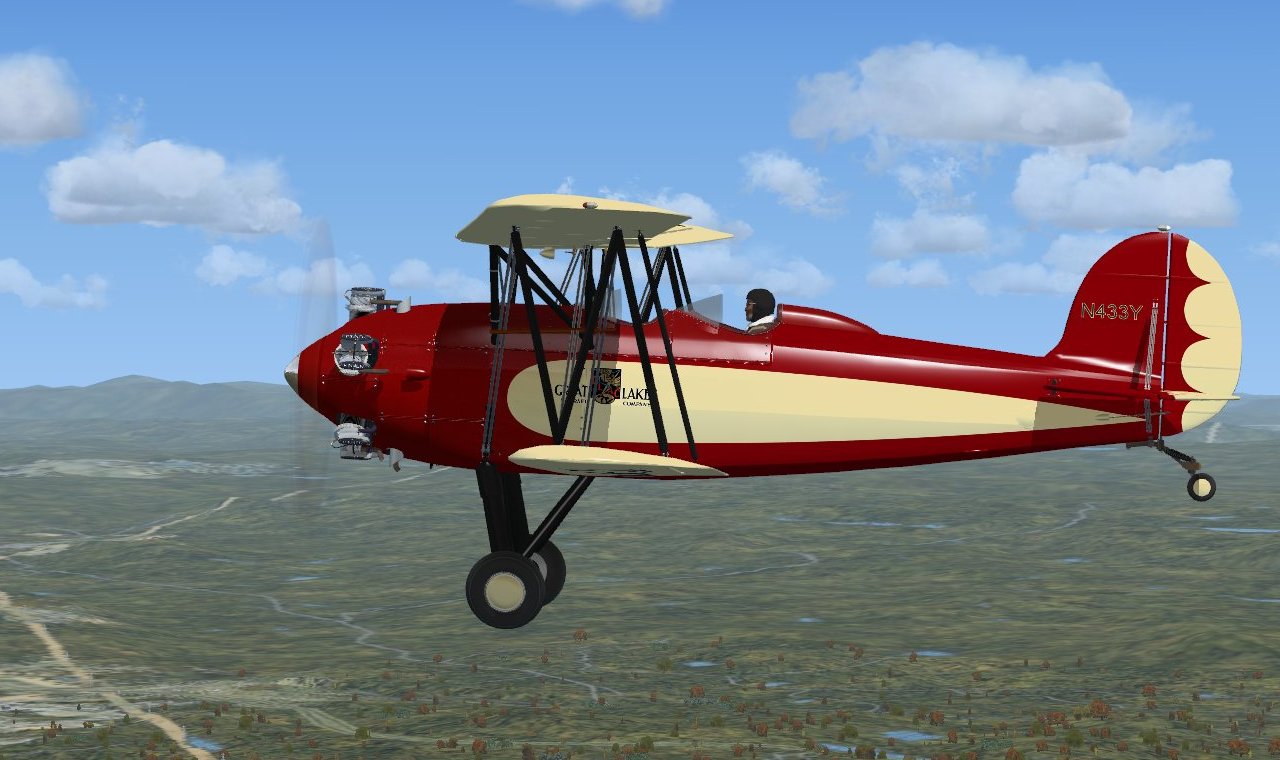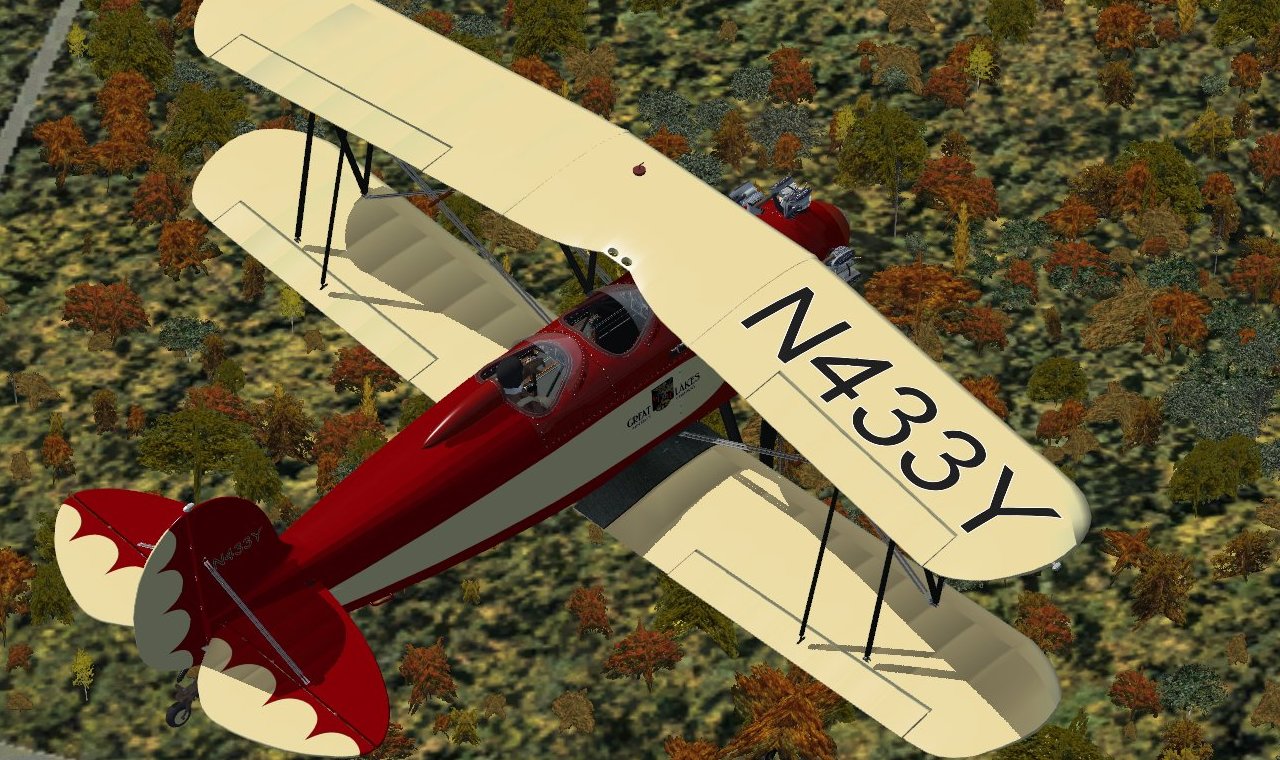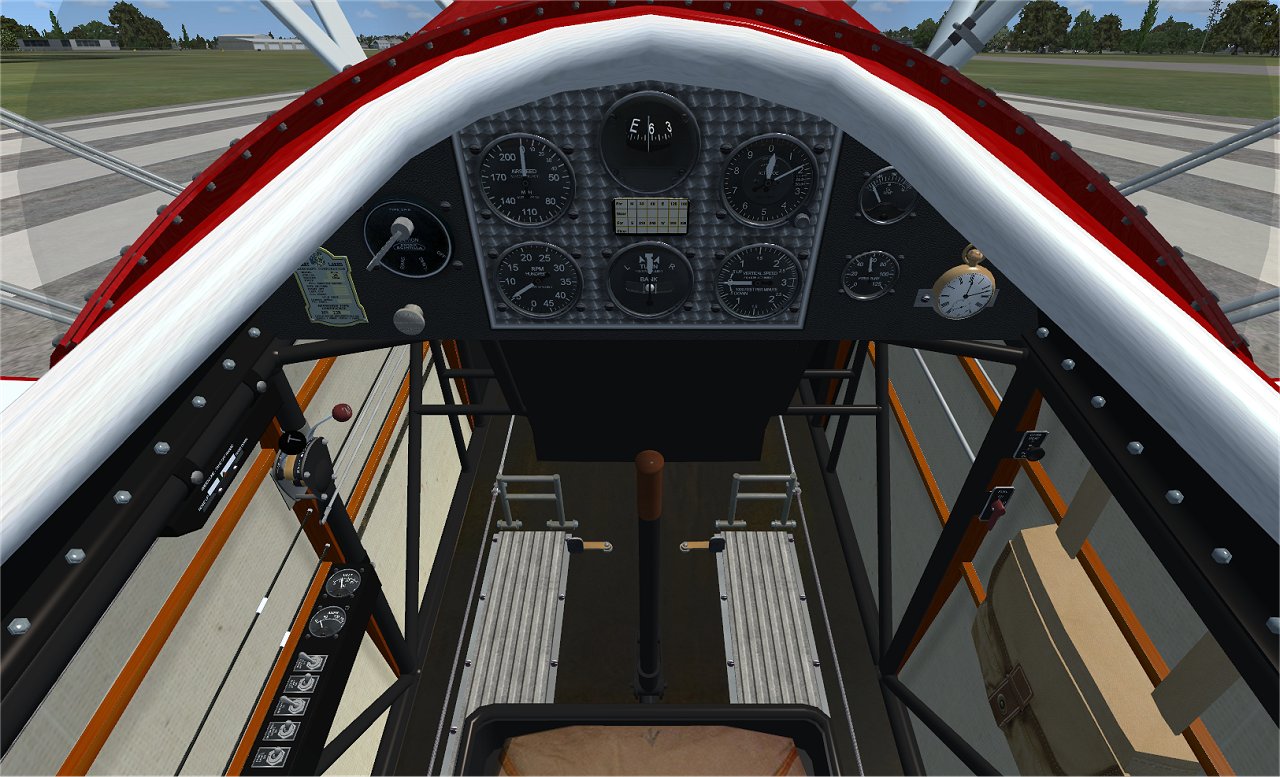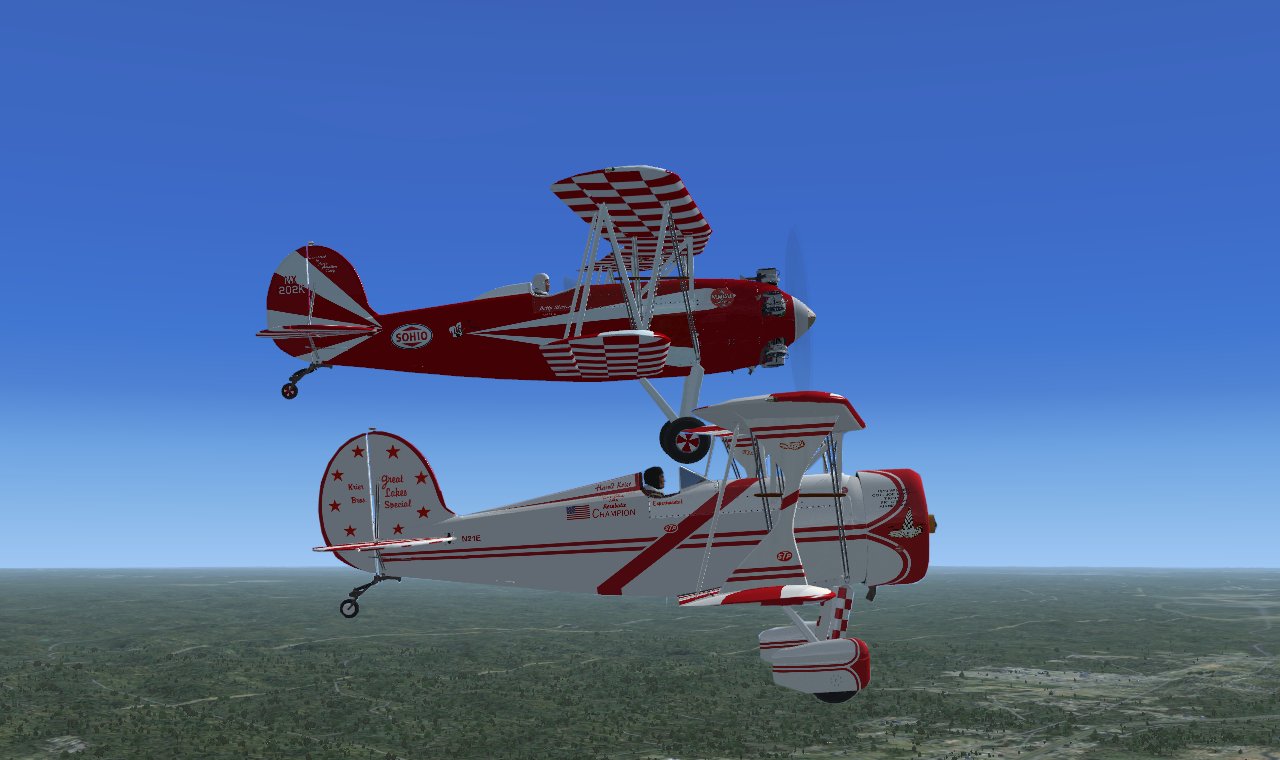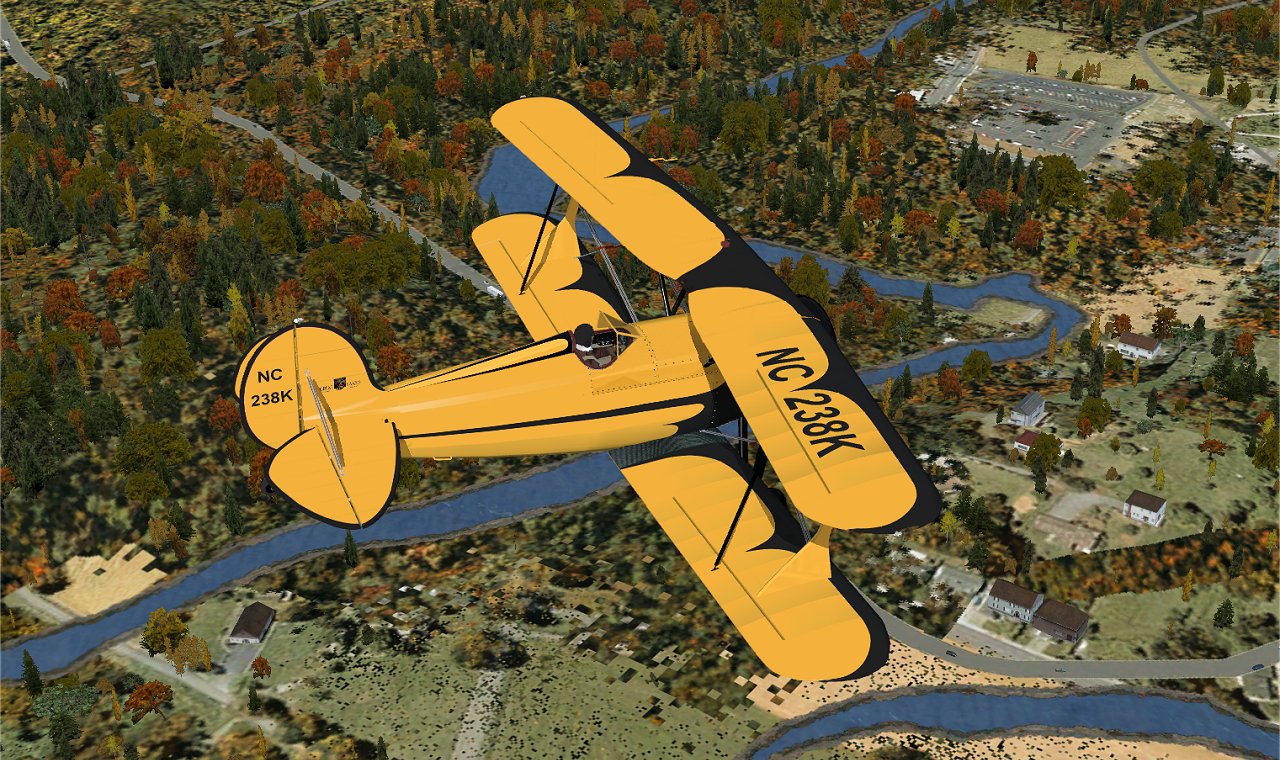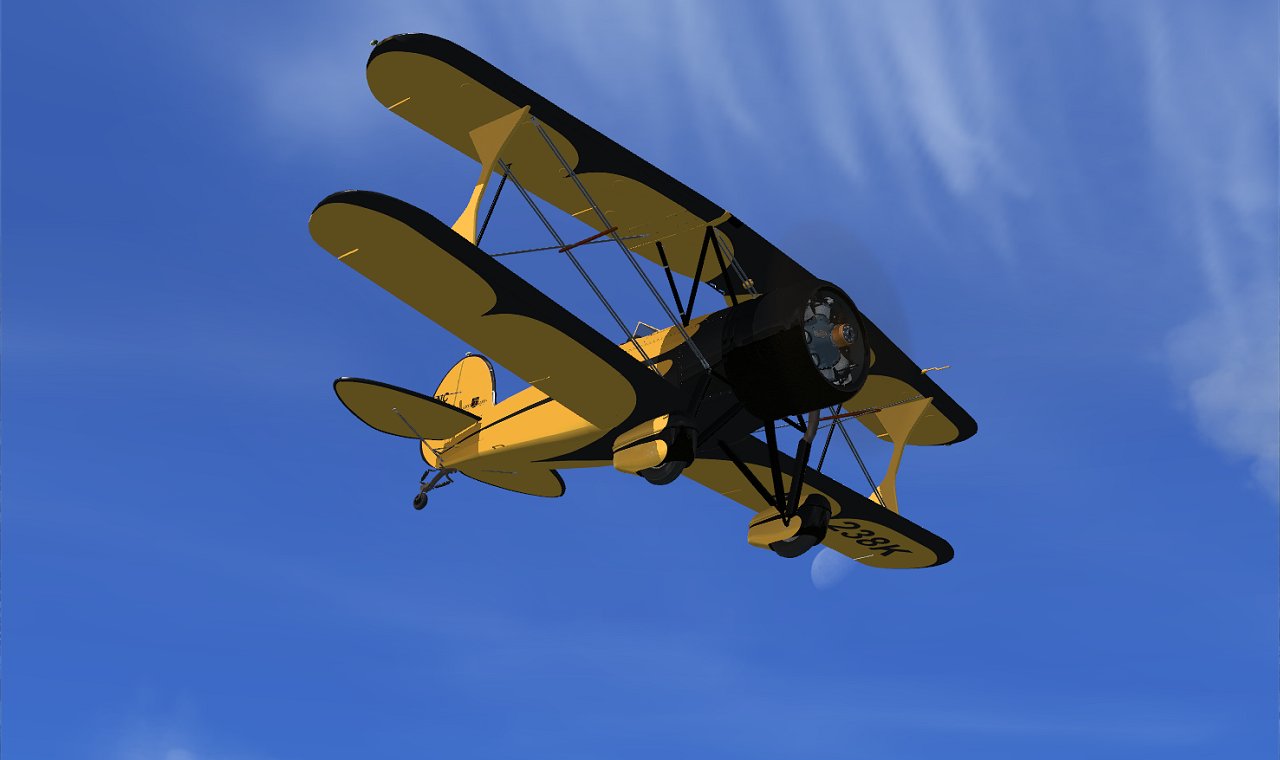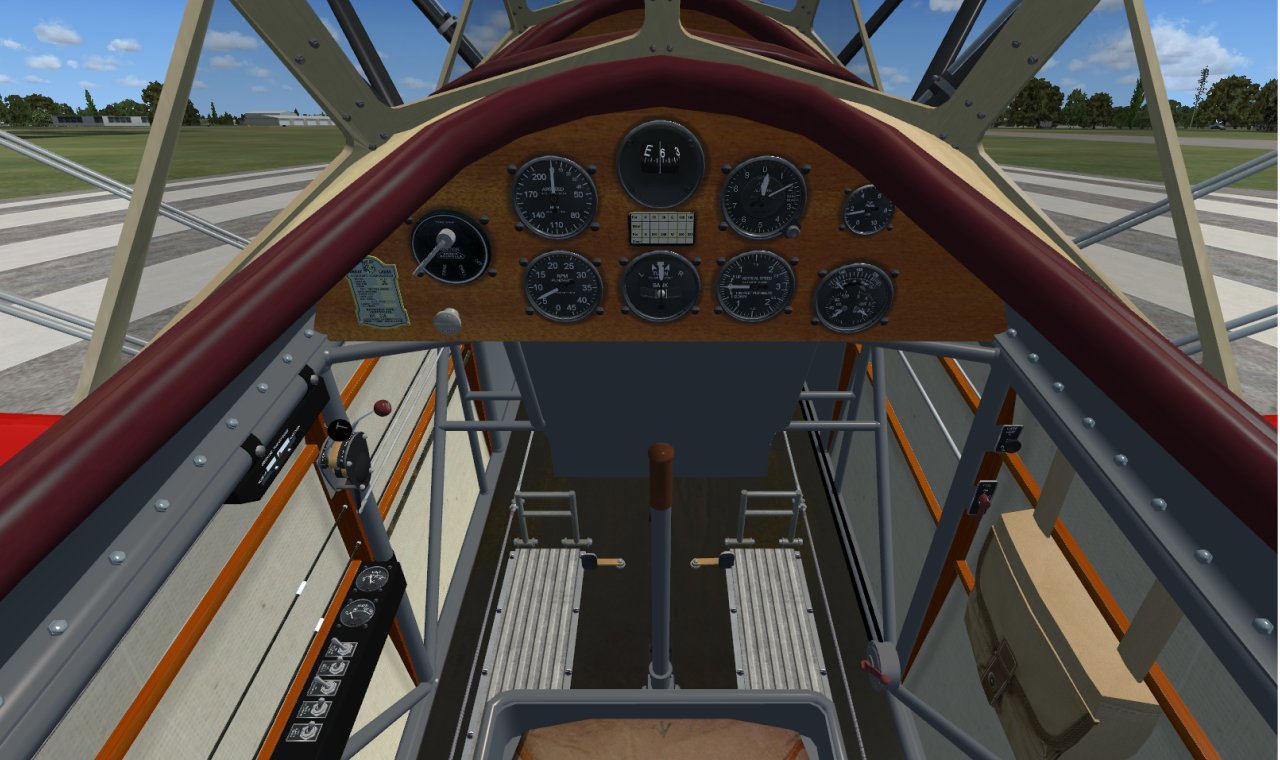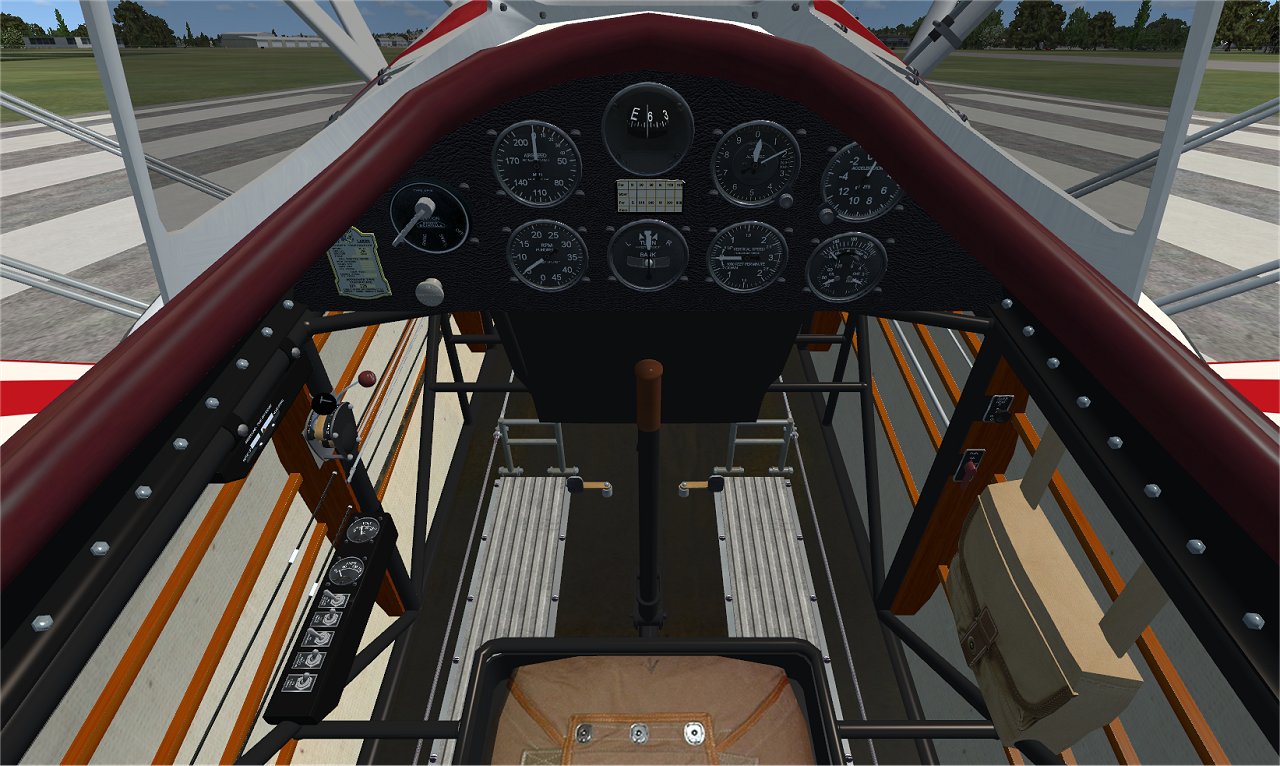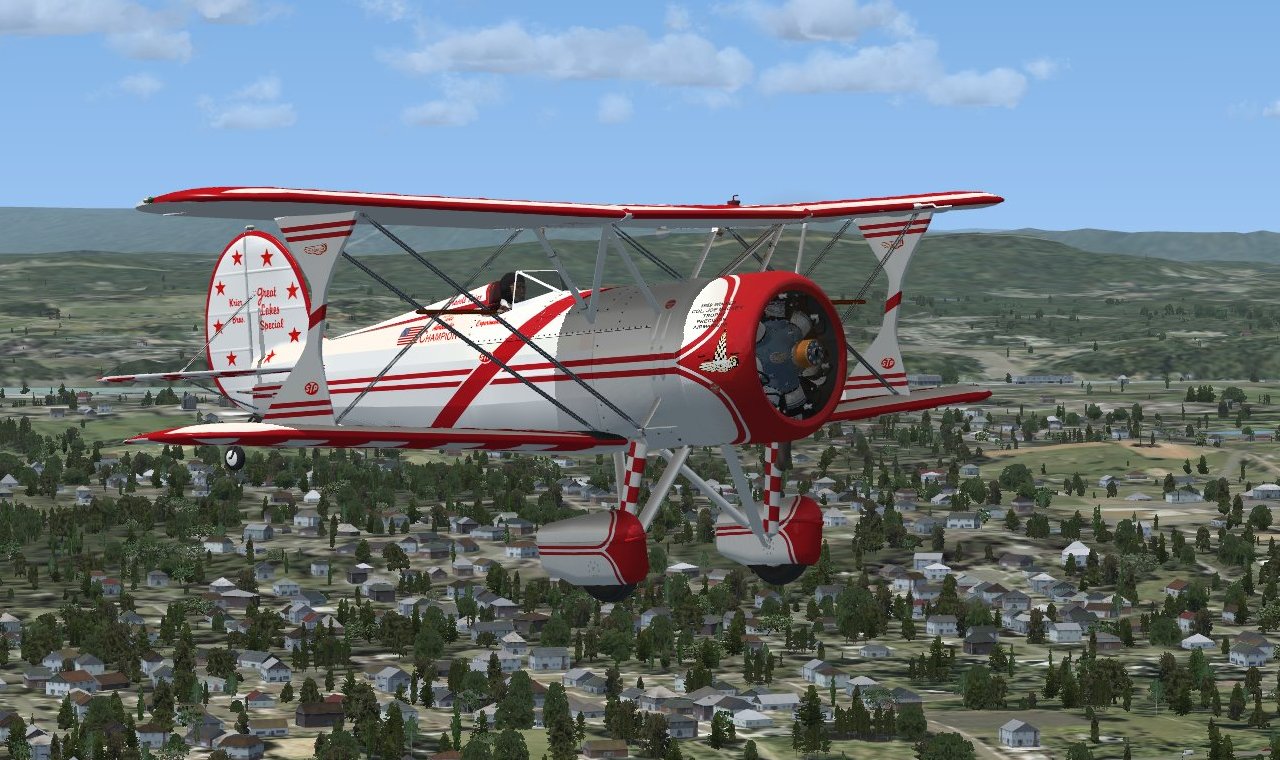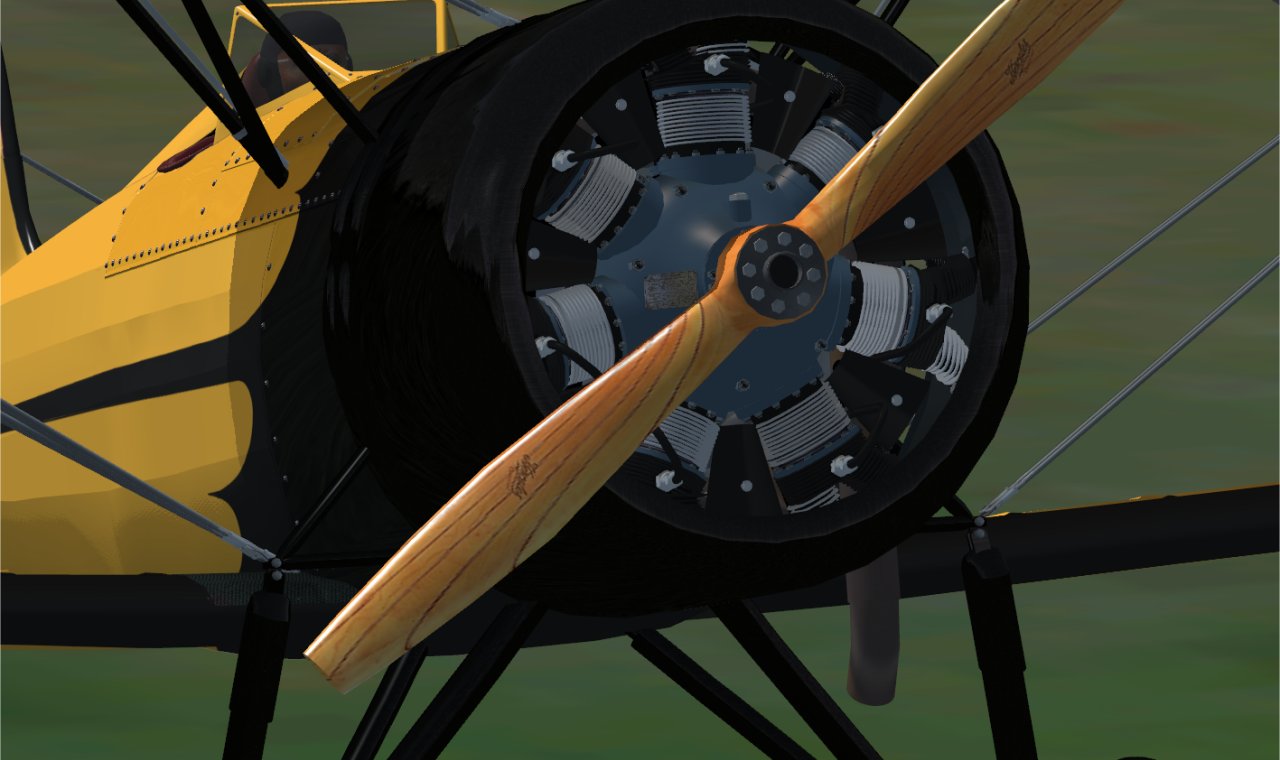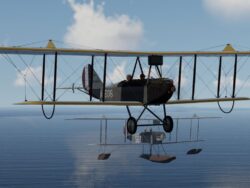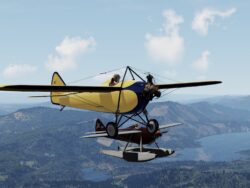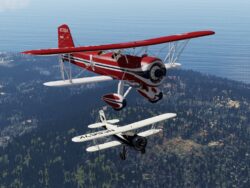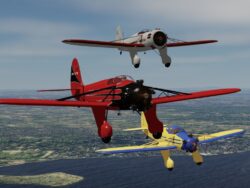Description
In 1929, the Great Lakes Aircraft Company (GLAC) was formed in Cleveland, Ohio at the former site of the Martin Aircraft Company. They built civilian biplanes, float planes, as well as biplane torpedo bombers under contract to the US Navy. The model that most people think of today when someone says, “Great Lakes aircraft,” is the enduring 2T biplane; also known as the Great Lakes Sport Trainer. It was designed and sold as a two-place, open cockpit biplane. The first engines were an 85 hp (63 kW) American Cirrus Mk III. The 2T biplane was not as large as some of its contemporaries manufactured by Stearman, WACO and Travel Air. .
The original models had a wing span of 26 feet 8 inches and length of 20 feet 4 inches. The useful load was 578 pounds (262kg) and it was stressed for 9 g positive and 6 G negative. It had outrigger landing gear with spring oleo shock struts, and the range was 375 miles. The sale price started out at $4,990 dollars but as the depression came it was lowered to $3,985. The first four Sport Trainers built were of a rare straight-wing design, one of which was modified into a special racer. Because of problems recovering from flat spins, the top wing was swept back and that is what most people recognize first when looking at a Sport Trainer. At its peak, Great Lakes had as many as 650 deposits for new aircraft. With the onset of the great depression, the Great Lakes Aircraft Company went out of business closing their doors in 1936. The company built just 264 of the Sport Trainers ordered.
That would not be the end of the story for this iconic golden age flier as its timeless design has inspired others to keep the dream alive in through modification and refinement almost continuously over the decades since the original factory closed its doors. So it has inspired Golden Age Simulations to bring the Great Lakes to FSX and Prepar3D.
All of our models feature:
- Incredibly detailed model with full animations and completely clickable virtual cockpit
- Fully detailed power plants
- Seven high definition liveries with blank textures for creating your own designs
- Two unique liveries per aircraft presented
- Precise smooth 3D modeled gauges with backlighting (if so equipped with an electrical system)
- High fidelity sound package unique to each model
- Precise flight dynamics
- Detailed user’s manual
- Bonus scenery (offered with option 1 or 4 only)
System Requirements:
- Flight Simulator X (Acceleration, Gold or SP2 required) or Prepar3D
- 2.0GHz or any Dual Core
- 2.0GB RAM
- 256MB graphics card
- Windows 8 / 7 / XP (32-bit or 64-bit) / Vista
- Hard Drive Space (see individual options above for storage requirements)
Product Video
We offer the model in four different package options:
1929 Great Lakes Sport Trainer – 10.00 USD – 815MB
The 1929 Great Lakes Cirrus Powered Sport Trainer including a bonus scenery “Phenick Field” This the original Great Lakes designed as a sport trainer it is powered by the 90 hp American Cirrus. A low and slow flier it is ideal for cruising the virtual skies and a joy to fly. Having no electrical system it’s a VFR flier and has no vices. Its paired with Phenick Field, a flight training academy which once exited near Newark Ohio. It’s a perfect location to practice in the pattern and perform touch and goes. Test your skill by flying through barn a feat not for the faint of heart.
1930 – 1940 Great Lakes Trainers – 10.00 USD – 1.3GB
The Menasco and Ranger in-line engine conversion series. This package introduces engine conversions done just prior to WW2 with the mating of the 125 hp Menasco C-4 Pirate to the Great Lakes airframe. You might have seen this bird had you been wandering around the American aviation scene in the late 1930s as it appears to have been a fairly popular conversion. The extra power provided by the Menasco delivers a modest increase in performance perhaps ten miles per hour more at the top end and six or seven at cruise, or a bit more if you want to burn more fuel. This engine/airframe combination is a very pleasant airplane to fly, and economical to boot.
The Fairchild Ranger 200 hp l- L-440-3 version would be a typical post- war conversions and returning service men had a desire to go fast and with the surplus Rangers available this combinations did just that. With only 26 gallons of gas available feeding this beast you wouldn’t go far without refueling but you’d have a blast getting there. The first and most immediate is the increase in torque effect and P factor, both of which require our pilots to pay a bit more attention, especially on takeoff. At 144 mph, the top speed of this version will raise an eyebrow, but the real eye opener is the vertical performance.
1950 Great Lakes Sport Stunt Aircraft – 10.00 USD – 1.4GB
The Great Lakes Sport Stunt Plane collection. This collection represents conversions that were popular in the 1950’s up until the early 60’s and utilized surplus 165 hp Kinner R56 5 cylinder radial engines used on the Ryan PT-22 and the 185 hp Warner Super Scarab which was arguably the most sought after power plant for the Great Lakes and, until the kit planes started mating the airframe with the Lycoming power plants, the image that came to mind when the Great lakes was mentioned up until as late as the 1970’s. We’ve included liveries that honor both Betty Skelton and Hal Krier, air show performing icons of the day.
Great Lakes Sport Biplanes Bundle – 15.00 USD – 3.5GB
Buy all 3 – Save 50%!
This option combines all models in one package and represents a 50% savings to the purchaser over the expense of buying each option separately.
